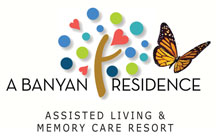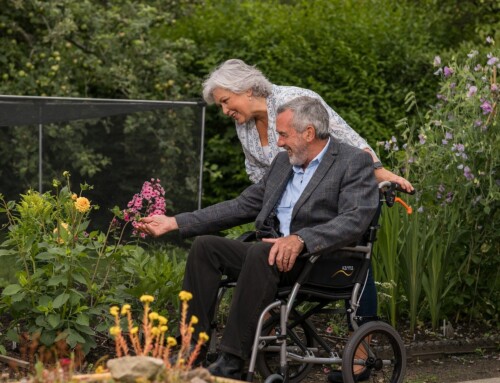When considering care for our senior loved ones, the first option that often comes to mind is at-home care. It’s a choice that feels comforting, familiar, and seemingly more economical. There’s a widespread belief that keeping our elders at home, surrounded by their memories and personal belongings, is lighter on the wallet compared to assisted living facilities. Many families, also driven by love and a sense of duty, naturally gravitate towards this option. However, while appealing, this picture doesn’t always capture the full financial story – the hidden cost variables that can quietly accumulate.

At-home care may be the perfect option for many families, but they should understand all the variables involved. Let’s take a closer look.
At-Home Care is Not Free
Opting for at-home care comes with a variety of expenses that are not always immediately apparent. One significant cost is hiring professional caregivers. These dedicated professionals are essential for providing quality care, but their hourly rates can quickly add up, especially for round-the-clock assistance.
Additionally, at-home care often necessitates specific medical equipment and home modifications to help seniors safely navigate their surroundings. These modifications can range from installing bathroom grab bars to more extensive renovations like wheelchair ramps or stairlifts. Understandably, a facility designed to assist seniors will have these features already priced in, and the cost of accessibility features is not shouldered by one senior’s family alone.
Another aspect often overlooked is the ongoing, day-to-day expenses. Transportation costs for medical appointments, regular home maintenance, and the potential need for emergency services are all unpredictable and expensive expenses you must keep in mind. Over time, these costs can escalate, sometimes surpassing an assisted living facility’s more predictable and consolidated expenses. In these facilities, many services and modifications are included and designed specifically for senior living, providing a financially prudent alternative to at-home care.
Comprehensive Care in Assisted Living Facilities
Assisted living facilities offer an all-encompassing approach to senior care, a contrast to the piecemeal nature of at-home services.
24/7 Professional Care and Medical Assistance: Unlike at-home care, where round-the-clock assistance can be prohibitively expensive, assisted living facilities offer 24/7 access to professional caregivers and medical staff. This constant availability ensures immediate attention during emergencies, regular monitoring of health conditions, and timely medication management.
Access to Physical Therapy and Wellness Programs: Assisted living facilities often include on-site physical therapy and wellness programs tailored to senior residents. These programs focus on maintaining and improving physical health, which aids in prolonging independence and reducing the need for more intensive medical care. This access eliminates the need for external appointments and the associated transportation costs, offering a more convenient and cost-effective solution for maintaining seniors’ health and well-being.
Inclusive of Meals, Housekeeping, and Laundry Services: The all-inclusive nature of assisted living also extends to daily living needs. Residents benefit from nutritious, chef-prepared meals, regular housekeeping, and laundry services, all included in the overall cost.
One thing to keep in mind is the opportunity cost associated with at-home care. As mentioned, 24/7 at-home care is usually costly, but can family members take on the cooking and cleaning responsibilities to help out? The answer is yes, but time spent assisting your family member will often come at the expense of careers. If you don’t have a flexible job that allows for time away from work to cook meals or help with emergencies, the savings are not as available as you think.
The Value of Social and Emotional Well-being
Beyond the tangible, monetary aspects of senior care, assisted living facilities offer invaluable benefits for residents’ social and emotional well-being. These centers foster a vibrant community environment, significantly enhancing the quality of life for seniors.
Organized Social Activities and Community Engagement: Assisted living facilities are dynamic environments where residents can partake in a variety of organized social activities and events. This active community engagement offers a stark contrast to the isolation often experienced in at-home care settings. It provides opportunities for seniors to build new friendships, pursue interests, and stay engaged with a supportive community.
Reduction of Loneliness and Isolation Compared to At-Home Care: Loneliness and social isolation can be profound challenges for seniors at home. Assisted living facilities address this issue head-on by creating a communal living environment where residents can easily socialize and connect with others. The presence of peers, staff, and regular visitors fosters a sense of belonging and reduces the common feelings of loneliness and isolation that sprout up when someone lives out their golden years at home.
At-home care might seem like the obvious choice, but there is a reason so many residents trust and love our community. To learn more about our facility, contact A Banyan Residence today.







